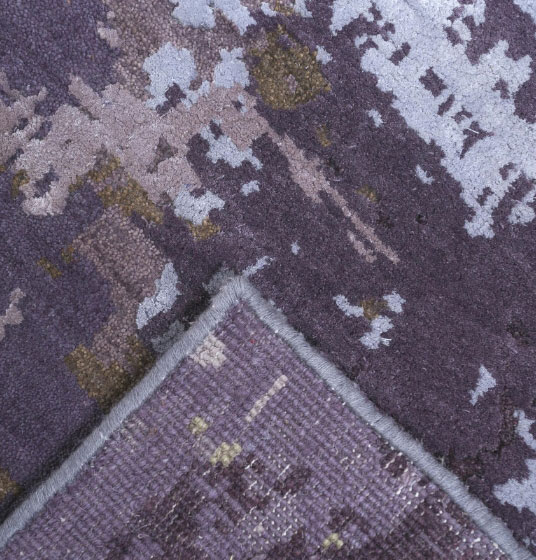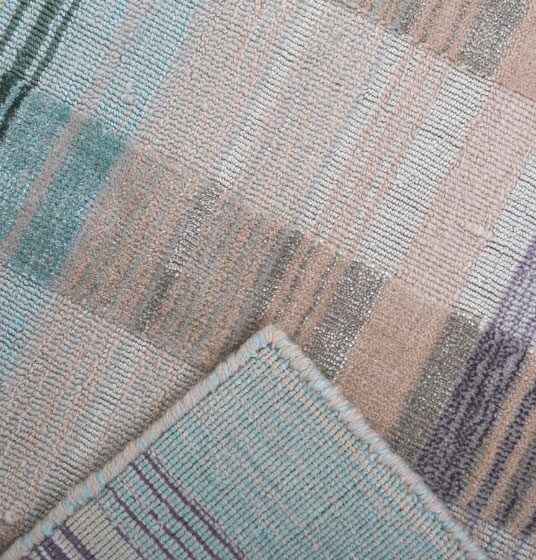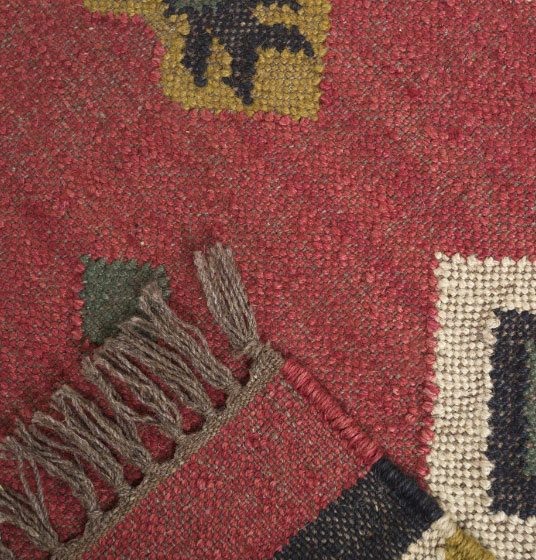You are on our European website. Please select your region to see content specific for your location.
Weaving Techniques
Weaving Techniques
The weaver was considered untouchable in the India of the past. A definition that was misinterpreted, truly fitting only to their skill. A range of weaving techniques are used to create different types of rugs and the technique can determine the quality, design, price and even their durability.

Hand-Knotted
On a loom set up with warps, an artisan ties individual knots on each warp thread, going line by line. Once a line is complete, it is locked in place with a thread of weft, before the next line of knotting begins.
Learn More

Hand-Tufted
Using a tufting gun, an artisan tufts yarn into a fabric that is outlined with a design. The outline guides the artisan to know which colors go where, to create the rug’s final design.
Learn MoreHand-Loom
This form of weaving is very similar to textile weaving on a handloom. The warp and weft is much thicker to create a thick fabric, the rug’s yarn is passed through in between the interlocking.
Learn More

Flat-Weave
A flatweave is made entirely of interlocking warp and weft threads, the colors is based on the thread and the design is based on the different styles of interlocking.
Learn MoreFind the right rug for you.
Compare all weaving techniques - 5’x8’ (152x244cm)
| Rug Type | Manufacturing Time | Durability | Shedding |
|---|---|---|---|
| Hand-Knotted | 5-12 Months | 20+ years | Low |
| Hand-Tufted | 4-6 Months | 3-10 years | Medium-High |
| Hand-Loom | 3-4 Months | 20+ years | Low |
| Flat-Weave | Construction Dependent (3-5 Months) | 3-10 Years | Low-Medium |


















